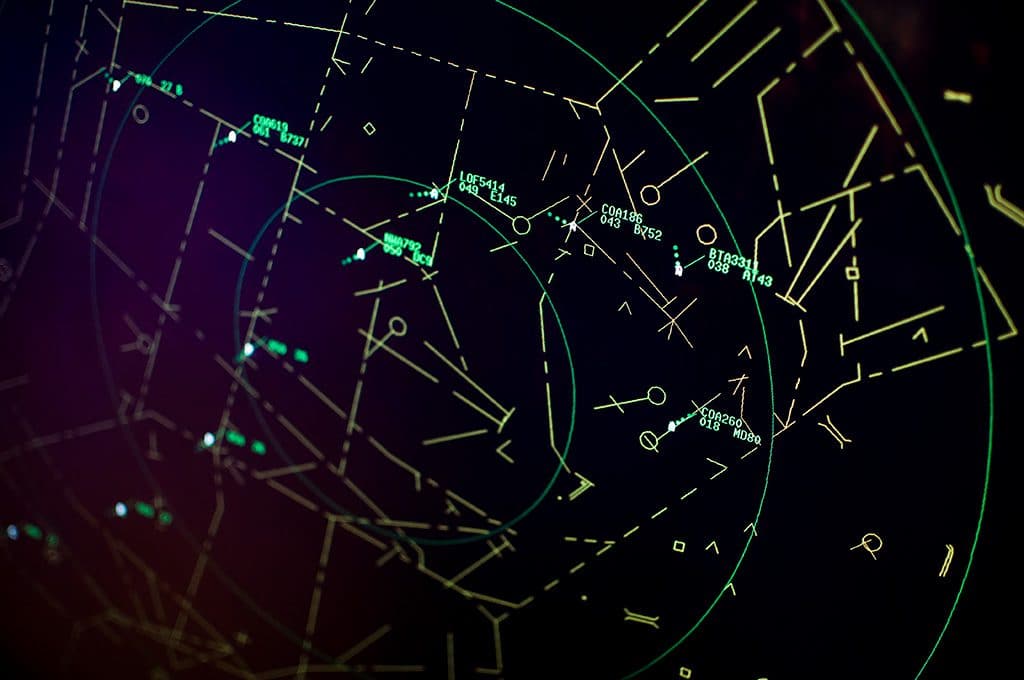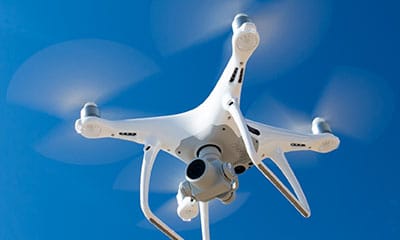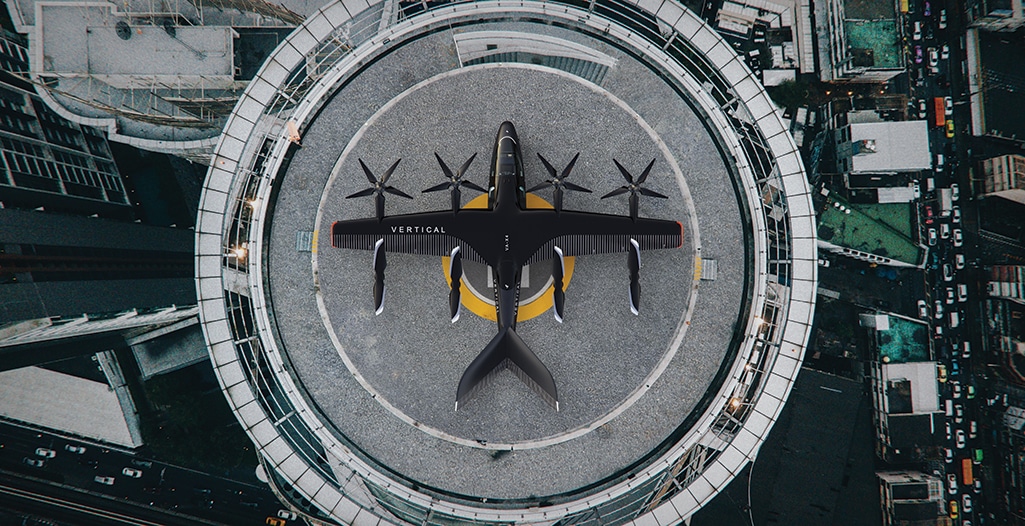ADS-B and Light Aircraft: Are You Ready?
Automatic Dependent Surveillance – Broadcast – or ADS-B – is a new way to manage air traffic in which properly equipped aircraft automatically self-report their position using the global positioning system (GPS). ADS-B will ultimately replace radar as the primary technology used by Air Traffic Control (ATC) to track and manage air traffic. The Federal Aviation Administration (FAA) states that ADS-B will enhance the safety and efficiency of air travel and air traffic management, and that it will benefit pilots, controllers, airlines, airports, and the public.
The official FAA ADS-B mandate requires that as of January 1, 2020, aircraft operating in designated airspace must be equipped with ADS-B equipment that includes a certified position source. The rule sets a minimum performance standard for both the transmitter and the position sources integrated with the ADS-B equipment in an aircraft.

Why has the Switch to ADS-B Been Mandated?
ADS-B is a cornerstone of the FAA’s NextGen initiative, which aims to modernize our nation’s air transportation system. The switch to ADS-B will enable significantly more precise tracking of aircraft. ADS-B displays the position of other ADS-B equipped aircraft in the sky, improving collision avoidance and safety.
Once the ADS-B system is fully operational, cockpit displays will also show hazardous weather and terrain, and will broadcast key flight information like temporary flight restrictions. What’s more, it is believed that the greater accuracy and reliability of satellite signals over radar eventually will allow ATC to safely reduce the minimum separation distance between aircraft, thereby increasing the capacity in our skies. Also, by using satellites rather than relying on ground navigational aids, pilots will be able to fly more directly from departure to destination, minimizing fuel usage and emissions, and ultimately saving time and money.
In addition, the ADS-B system is expected to reduce the risk of runway collisions, as both pilots and controllers will have displays that indicate where aircraft and equipped ground vehicles are positioned. This information will be available even at night or in adverse weather conditions. ADB-S is also easier to deploy than radar, so coverage will be available in remote locations where the placing of radar equipment is not feasible.
What Impact Will ADS-B Requirements Have on Light Aircraft Owners?
The initiation of ADS-B Out requirements in 2020 will have wide-ranging effects on the aviation industry. The impact on light aircraft owners will be somewhat different than for others, specifically:
- Airspace coverage. For light aircraft owners and pilots that generally operate under 10,000 ft., the vast majority of the airspace away from major cities in the U.S. will not require ADS-B capability. This provides flexibility on when or if a pilot chooses to install ADS-B technology in their aircraft.
- Relative cost. For larger operators, the ADS-B Out upgrade cost of $3,000 – $5,000 may be a manageable expense. But, for light aircraft owners, that number can easily represent a significant percentage of the value of the aircraft. If, for a particular owner, the technology will only be required on a handful of their flights, the cost can be hard to justify.
There is certainly the potential that as ADS-B technology becomes more mainstream, the cost of the equipment will fall, making it easier for all general aviation operators to upgrade affordably and benefit from the technology. But until that happens, light aircraft owners will have to weigh their upgrade costs against their flight profiles and decide how to proceed.
The FAA provides detailed information about the equipment needed to comply with ADS-B on its Equip ADS-B page. This includes a link to a decision flowchart to help stakeholders understand if they have to equip.
Answers to Common ADS-B Questions
With the implementation of ADS-B requirements less than two years away, light aircraft owners and operators are starting to ask questions about the mandate. Here are answers to some of the most frequently asked questions:
What is the difference between ADS-B Out and ADS-B In?
ADS-B Out has to do with an aircraft’s ability to broadcast its position and other information. ADS-B In refers to an aircraft’s ability to receive information from the ground network and from other ADS-B equipped aircraft in the area.
Does the rule require ADS-B Out only?
Yes, only ADS-B Out is required, and only within specified airspace. Title 14 CFR § 91.225 defines the areas in which the ADB-S equipment requirements apply.
Is ADS-B service available in my area?
ADS-B services are available in the continental U.S., Alaska, Hawaii, Guam, San Juan, and the Gulf of Mexico. View a coverage map.
Can I get a one-time exception to the ADS-B requirement?
Yes. However, you must make a request to the ATC having jurisdiction over the concerned airspace. If an aircraft’s ADS-B Out is inoperative, the request can be made at any time. For aircraft not equipped with ADS-B Out, the request must be made at least one hour before the proposed operation.
If my aircraft is not equipped with ADS-B, can I fly under IFR in non-ADS-B airspace?
ADS-B requirements only apply to the airspace defined in 14 CFR § 91.225, regardless of whether or not the operation is conducted under IFR or VFR. The rule does not apply to any type of operation outside defined airspace.
For more information, see the FAA’s ADS-B FAQ page.




